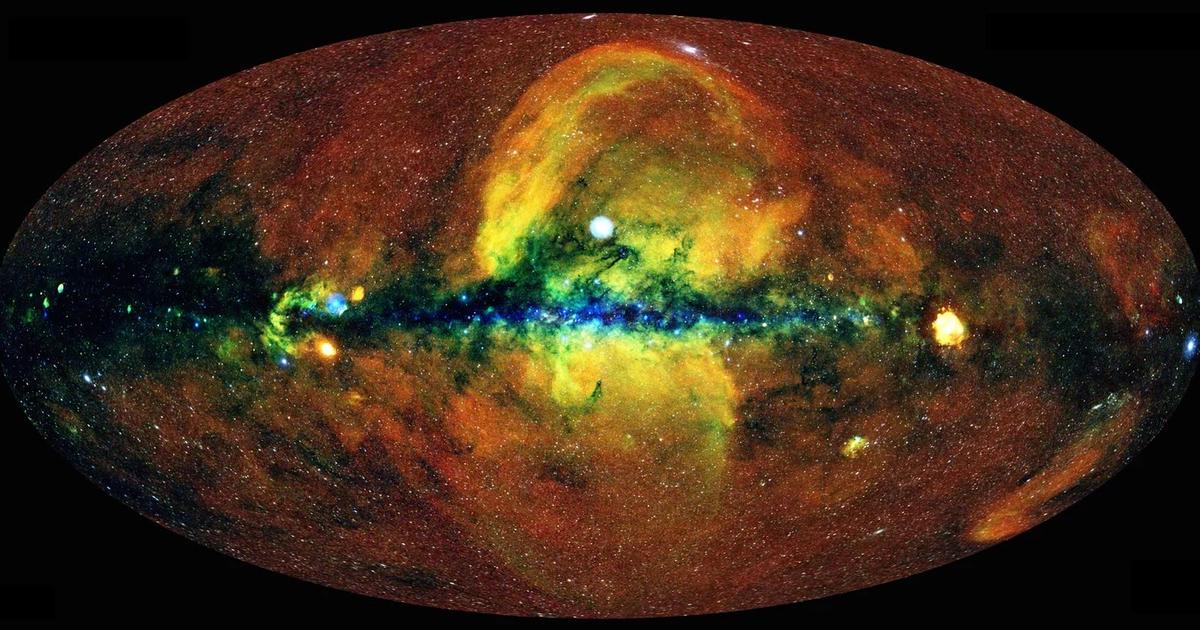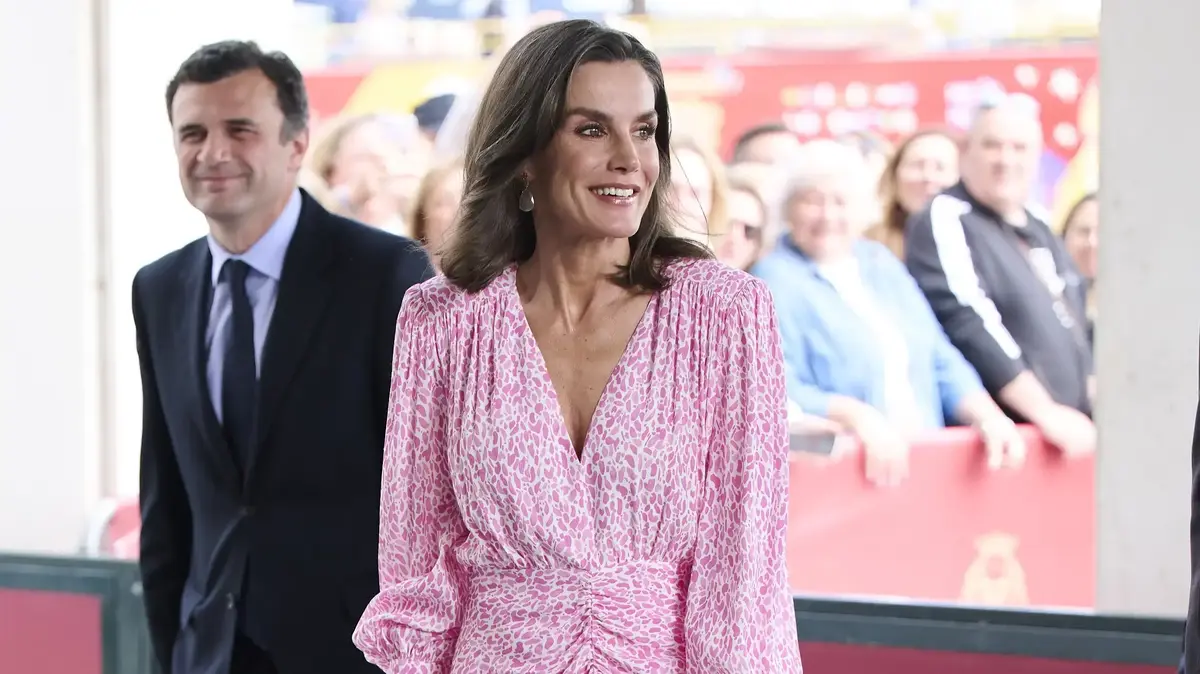Three physicists have observed the attosecond, the equivalent of one trillionth of a second, a time scale at which they have managed to capture the movement of electrons thanks to the development of cutting-edge scientific techniques.
They are Anne L'Huillier, Paul Corkum and Ferenc Krausz, and for this achievement they have been awarded today with the Frontiers of Knowledge Award in the Basic Sciences category from the BBVA Foundation.
The jury for the award, endowed with 400,000 euros, has especially mentioned how their work with laser tools in attophysics
,
short pulses of light at ultra-short time scales, has promoted their application in fields such as electronics, disease diagnosis, development of new materials and the search for clean sources of energy.
More information
The Fronteras Awards honor the experts who changed the world by facing loneliness
The fifteenth edition honors Anne L'Huillier (64 years old, Paris, France), from the University of Lund, Paul Corkum (79 years old, Saint John, Canada), from the University of Ottawa, and Ferenc Krausz (60 years old, Mór , Hungary), from the Max Planck Institute for Quantum Optics, for making it possible to observe subatomic phenomena on the shortest time scale ever captured by humans.
An attosecond, that is, 0.000000000000000001 seconds, is approximately the time it takes light to pass through an atom and is the natural scale of electronic motion in matter, and that is why the jury points out that these scientists have shown how to measure and control the transition of electrons in atoms, molecules and solids with pulses of light via laser.
Thanks to
attophysics
, today it is possible to make direct observations of natural phenomena that were previously closed to human perception.
The president of the jury Theodor W. Hänsch, director of the Division of Laser Spectroscopy at the Max Planck Institute for Quantum Optics (Germany) and Nobel Prize in Physics, highlights: "It is a great advance to be able to verify experimentally what until now we could only imagine theoretically.
This interplay between experiments and theory is inspiring many ideas."
This is an award for a branch of knowledge at the forefront, says the jury.
An ultrafast 'camera' capable of 'filming' the movements of electrons
The tools developed by L'Huillier, Corkum and Krausz are like a camera with an exposure time so astonishingly ultra-fast that it is capable of capturing even the movement of an electron that takes 150 attoseconds to complete one revolution around the nucleus of an atom. of hydrogen.
The camera is capable of shooting the photos at intervals of a shorter duration than the time it takes for the electron to cross.
As Laureate Paul Corkum puts it: “An attosecond is to a second what a second is to the age of the universe.
Can you imagine something as brief as that?
Laser built at the Institute of Photonic Sciences (ICFO) in Barcelona, which produces attosecond pulses.ICFO
The jury that has awarded this award is chaired by Theodor Hänsch, director of the Laser Spectroscopy Division of the Max Planck Institute for Quantum Optics (Germany) and Nobel Prize in Physics, and also made up of Hongkun Park, holder of the Mark Hyman Jr. Chair. of Chemistry and Professor of Physics at Harvard University (United States);
Emmanuel Candès, holder of the Barnum-Simons Chair in Mathematics and Statistics at Stanford University (United States);
María José García Borge, research professor at the Institute for the Structure of Matter (IEM), CSIC;
or Nigel Hitchin, Savilian Emeritus Professor of Geometry at the Mathematical Institute of the University of Oxford (United Kingdom), among others.
Last year's prize in the Basic Sciences category went to mathematician Charles Fefferman (73 years old, Maryland, USA), along with Jean-François Le Gall (63 years old, Morlaix, France), for their fundamentals in two areas of mathematics that have had numerous ramifications, with applications in multiple fields.
Fefferman is a professor at Princeton University, and director of the Fluid Mechanics Laboratory at the Institute of Mathematical Sciences (ICMAT) and, since 1990, Doctor Honoris Causa from the Autonomous University of Madrid.
Le Gall is currently a professor at the University of Paris-South in Orsay and a full member of the French Academy of Sciences.
The BBVA Foundation created these awards in 2008 with the aim of recognizing high-impact contributions to the knowledge map of the 21st century.
Hence the importance that the institution attaches to the international jury, since it is made up of established experts in different areas who act independently in the selection of the winners.
You can follow
MATERIA
on
,
and
, or sign up here to receive
our weekly newsletter
.

/cloudfront-eu-central-1.images.arcpublishing.com/prisa/ZMQRI7JZOBBMNNETRXDSFHLDAE.png)



/cloudfront-eu-central-1.images.arcpublishing.com/prisa/2Q6OF5TAIBQCIGU3MXIVLCOCR4.jpg)


/cloudfront-eu-central-1.images.arcpublishing.com/prisa/BI4VNORLKVHTLF4MEMPC3K27QE.jpg)






